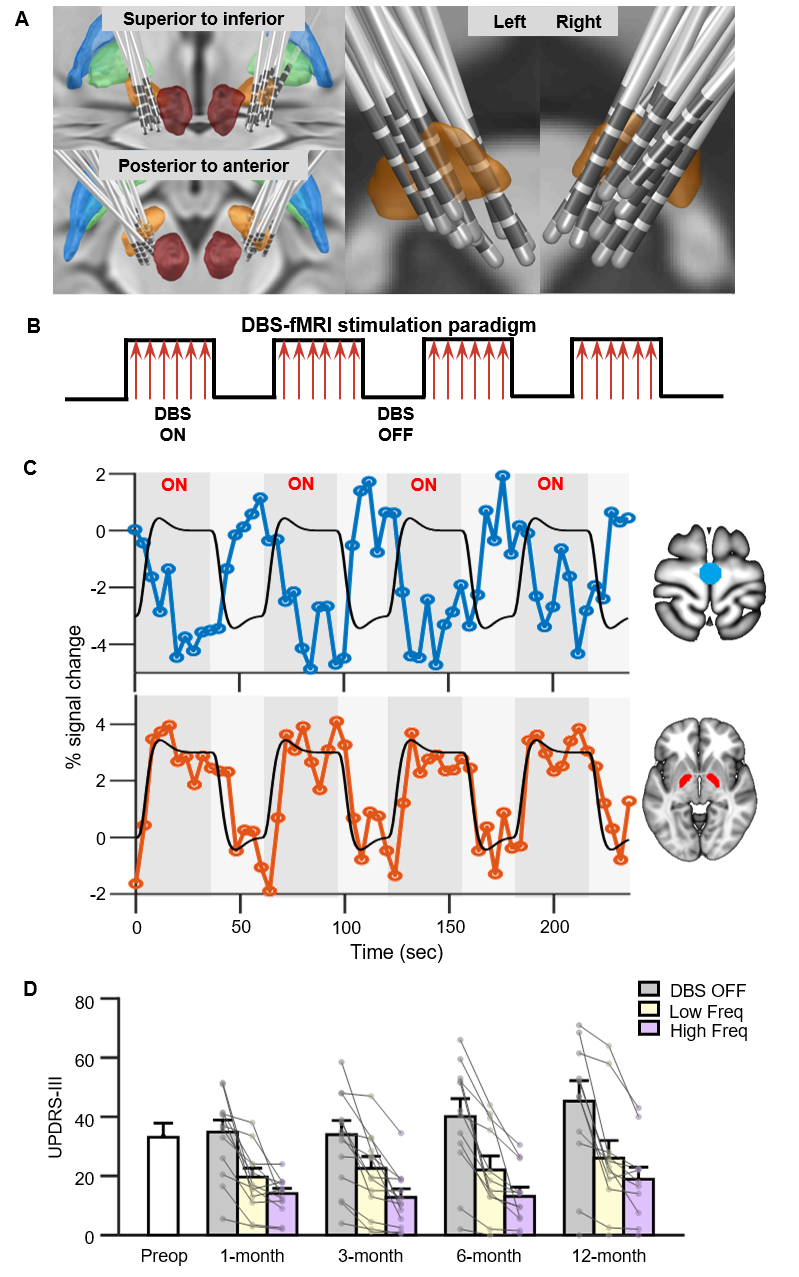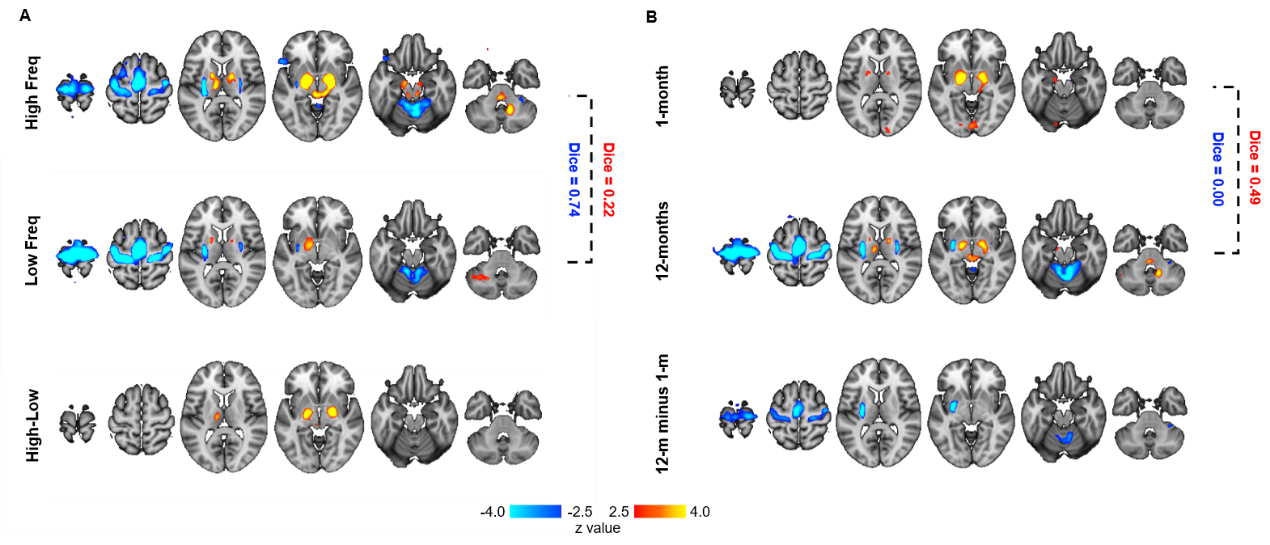A study by a research team from the Tsinghua School of Aerospace Engineering, in collaboration with Harvard University researchers, has revealed the key mechanisms behind deep brain stimulation (DBS) used to treat Parkinson’s disease.
The findings will help to optimize treatment plans and improve the quality of life of patients with Parkinson’s disease.
Published in the journal Annals of Neurology with the title “Subthalamic nucleus deep brain stimulation modulates two distinct neurocircuits,” the study established a protocol for studies integrating 3.0T-fMRI and DBS which are critical for the future development of DBS treatment, and offered novel insights into the neural mechanisms of DBS.
A key finding of the study is that two topographically distinct and functionally dissociated brain networks showed highly replicable responses to subthalamic nucleus (STN)-DBS, namely the GPi-circuit and the M1-circuit.

Deep brain stimulation (DBS) is a well-established treatment for Parkinson’s disease (PD), yielding improvements in the motor symptoms of PD and quality of life. It is a highly individualized procedure requiring precision and personalized adjustments in the individual. The neurobiological differences between subjects, stimulation frequencies, and time, such as reflected in the present fMRI study, have direct clinical implications for optimizing DBS strategies.
As one of the most advanced neurological treatments for Parkinson's disease, DBS combines neurology, neurosurgery and electrical engineering, allowing doctors to implant tiny electrodes in the patient's brain. Unveiling how DBS impacts brain networks is important for neuroscience and medicine in general.
Shen Lunhao, PhD student from the Tsinghua School of Aerospace Engineering, together with Assistant Researcher Jiang Changqing, are the co-first authors of this paper; Professor Li Luming and Professor Liu Hesheng are the co-corresponding authors.

The researchers conducted a longitudinal 3.0 T-MRI study on 14 patients implanted with the novel MRI-compatible DBS devices developed by Tsinghua, that are not only safe but also fully functional under MRI, and collected very rich neuroimaging data sufficient for precise individual-level studies.
They analyzed the brain responses to deep brain stimulation by using functional MRI, an advanced medical imaging technique.
According to them, the findings will have profound implications for future research into the optimization of DBS treatment plans not only for Parkinson's but also other neuropsychological diseases.
Writer: Guo Lili
Editors: Sangeet Sangroula, John Olbrich



